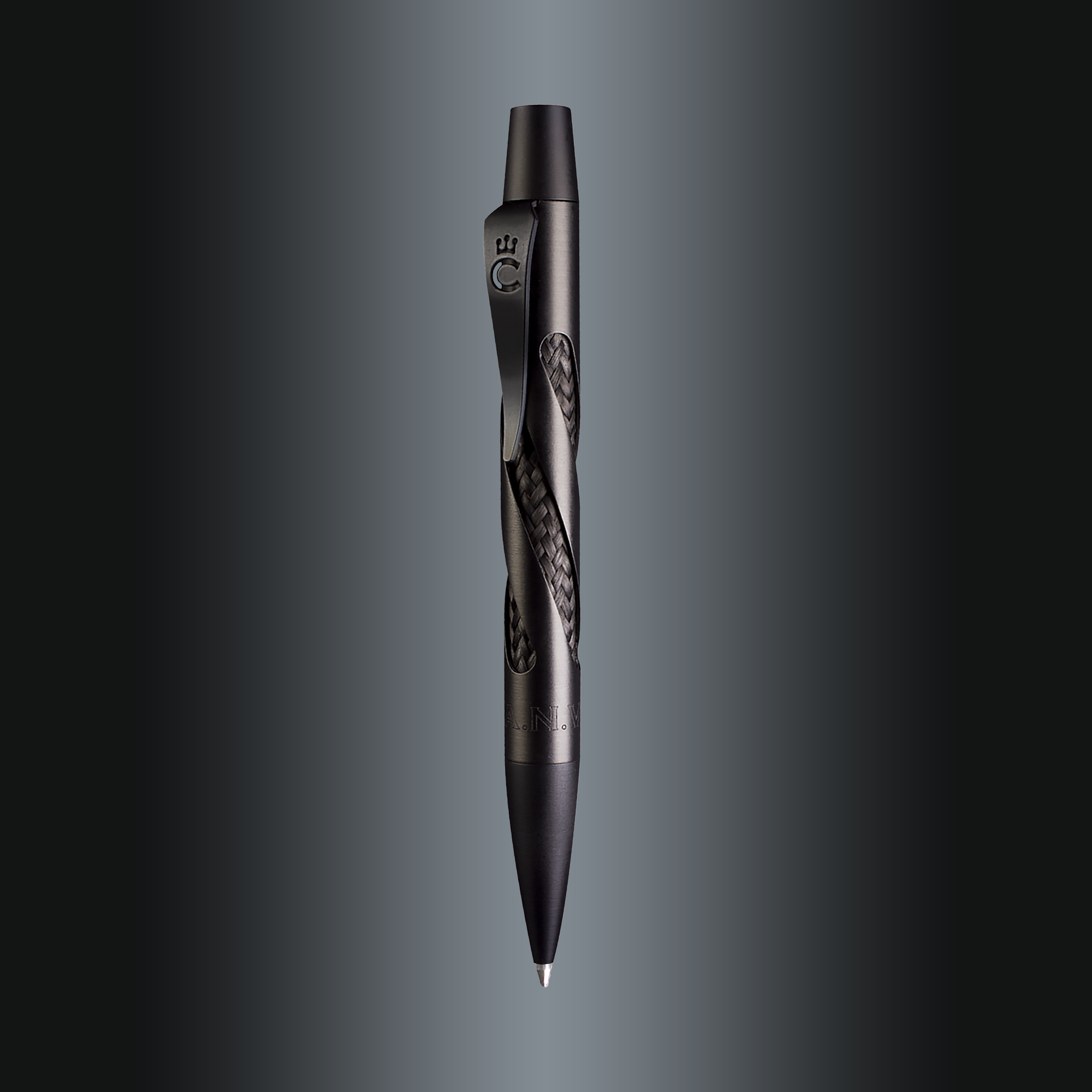Guide to romantic poetry
Introduction
Romantic poetry is characterized by its focus on emotion, imagination, and individual experience. It emerged as a reaction to the rationalism and strict rules of the Enlightenment period, emphasizing freedom, passion, and the power of nature. Throughout history, poets have explored the complexities of love, longing, and desire, creating timeless works that continue to captivate readers.
Medieval Poetry
Troubadours and Courtly Love
Medieval romantic poetry flourished during the High Middle Ages, particularly in the courts of Provence, France. Troubadours, traveling poet-musicians, composed songs and poems that celebrated courtly love, a concept that idealized chivalrous and often illicit relationships between knights and noblewomen. One of the most famous troubadours was Bernart de Ventadorn, whose poetry often explored themes of unrequited love and longing.
Dante Alighieri (1265–1321)
While not traditionally considered a romantic poet, Dante Alighieri's "Divine Comedy" contains elements of romanticism, particularly in his portrayal of Beatrice, whom he idealized as his muse. Dante's unrequited love for Beatrice serves as a central theme throughout the work, and his depiction of her as a guiding light reflects the romantic ideals of the time.
Renaissance Poetry
William Shakespeare (1564–1616)
William Shakespeare, often regarded as one of the greatest poets in the English language, wrote numerous sonnets and plays that explore the complexities of love. His sonnets, in particular, delve into themes of desire, beauty, and the passage of time. Sonnet 18, often referred to as "Shall I compare thee to a summer's day?", is one of his most famous works and exemplifies his mastery of romantic poetry.
Example:
Sonnet 18:
Shall I compare thee to a summer's day?
Thou art more lovely and more temperate:
Rough winds do shake the darling buds of May,
And summer's lease hath all too short a date:
Sometime too hot the eye of heaven shines,
And often is his gold complexion dimm'd;
And every fair from fair sometime declines,
By chance or nature's changing course untrimm'd;
But thy eternal summer shall not fade
Nor lose possession of that fair thou owest;
Nor shall Death brag thou wanderest in his shade,
When in eternal lines to time thou growest:
So long as men can breathe or eyes can see,
So long lives this and this gives life to thee.
John Donne (1572–1631)
John Donne, a contemporary of Shakespeare, is known for his metaphysical poetry, which often explores the themes of love, death, and spirituality. In poems such as "The Good-Morrow" and "A Valediction: Forbidding Mourning," Donne employs elaborate metaphors and wit to express the intensity of romantic love.
Example:
A Valediction: Forbidding Mourning:
As virtuous men pass mildly away,
And whisper to their souls to go,
Whilst some of their sad friends do say
The breath goes now, and some say, No:
So let us melt, and make no noise,
No tear-floods, nor sigh-tempests move;
'Twere profanation of our joys
To tell the laity our love.
The Romantic Era
William Wordsworth (1770–1850)
William Wordsworth, a key figure in the Romantic movement, celebrated the beauty of nature and the power of the human imagination in his poetry. In works such as "Lines Composed a Few Miles Above Tintern Abbey" and "I Wandered Lonely as a Cloud," Wordsworth explores themes of love, memory, and the sublime, capturing the essence of romanticism.
Example:
I Wandered Lonely as a Cloud:
I wandered lonely as a cloud
That floats on high o'er vales and hills,
When all at once I saw a crowd,
A host, of golden daffodils;
Beside the lake, beneath the trees,
Fluttering and dancing in the breeze.
Lord Byron (1788–1824)
Lord Byron, known for his rebellious spirit and passionate verse, was one of the most prominent poets of the Romantic era. His epic poem "Don Juan" is a satirical take on the traditional epic, exploring themes of love, desire, and the human condition. Byron's own tumultuous love life, including his infamous affair with Lady Caroline Lamb, inspired much of his poetry.
Example:
She Walks in Beauty:
She walks in beauty, like the night
Of cloudless climes and starry skies;
And all that's best of dark and bright
Meet in her aspect and her eyes:
Thus mellow'd to that tender light
Which heaven to gaudy day denies.
Percy Bysshe Shelley (1792–1822)
Percy Bysshe Shelley, another influential Romantic poet, wrote works that are characterized by their lyrical beauty and radical ideas. In poems such as "Ode to the West Wind" and "To a Skylark," Shelley explores themes of love, nature, and the power of the imagination, capturing the essence of the Romantic movement.
Example:
Love's Philosophy:
The fountains mingle with the river
And the rivers with the ocean,
The winds of heaven mix for ever
With a sweet emotion;
Nothing in the world is single;
All things by a law divine
In one another's being mingle;—
Why not I with thine?
Victorian Poetry
Elizabeth Barrett Browning (1806–1861) <
a name="elizabeth-barrett-browning">
Elizabeth Barrett Browning's poetry is celebrated for its exploration of love, feminism, and social justice. Her most famous work, "Sonnets from the Portuguese" (1850), is a collection of love sonnets written for her husband, Robert Browning. These sonnets, particularly Sonnet 43 ("How do I love thee? Let me count the ways"), express Browning's deep affection and devotion.
Example:
How do I love thee? Let me count the ways.
I love thee to the depth and breadth and height
My soul can reach, when feeling out of sight
For the ends of being and ideal grace.
Alfred, Lord Tennyson (1809–1892)
Alfred, Lord Tennyson, one of the most popular poets of the Victorian era, wrote extensively on themes of love, loss, and longing. In works such as "In Memoriam A.H.H." and "The Lady of Shalott," Tennyson combines rich imagery with profound emotion, creating poetry that continues to resonate with readers today.
Example:
In Memoriam A.H.H.:
I hold it true, whate'er befall;
I feel it, when I sorrow most;
'Tis better to have loved and lost
Than never to have loved at all.
Conclusion
Romantic poetry has a rich and diverse history, spanning from the troubadours of the Middle Ages to the Victorian poets of the 19th century. Through their exploration of love, nature, and the human experience, these poets have left an indelible mark on the literary landscape, inspiring generations of readers with their timeless verse. Whether celebrating the beauty of nature or the complexities of human emotion, romantic poetry continues to captivate and enchant audiences around the world.









